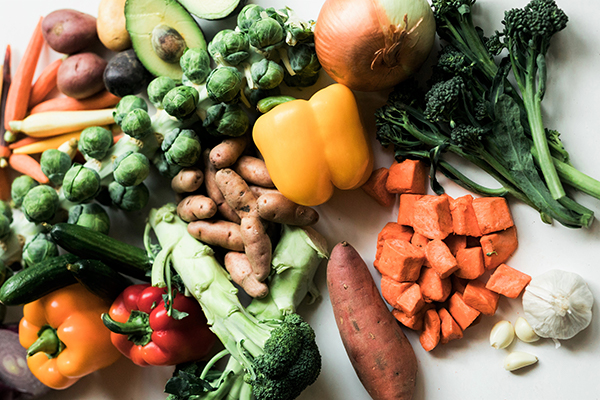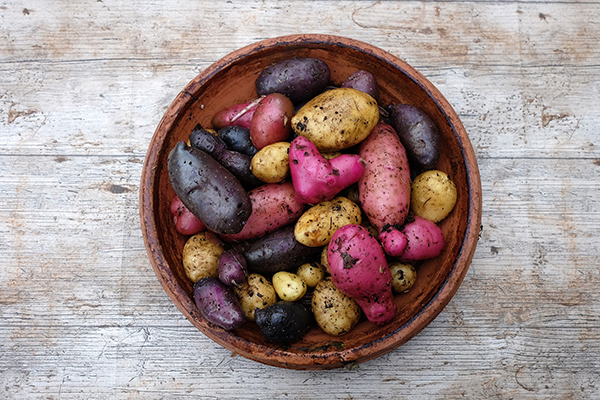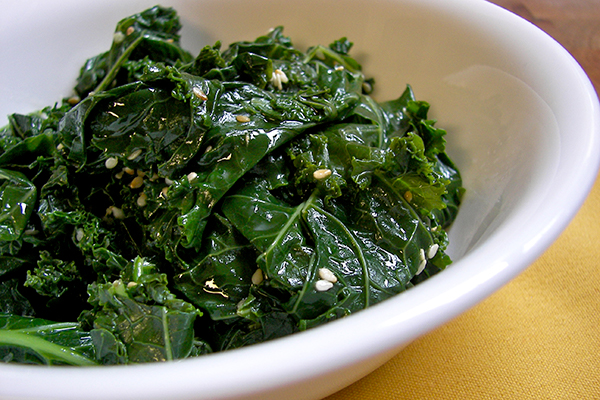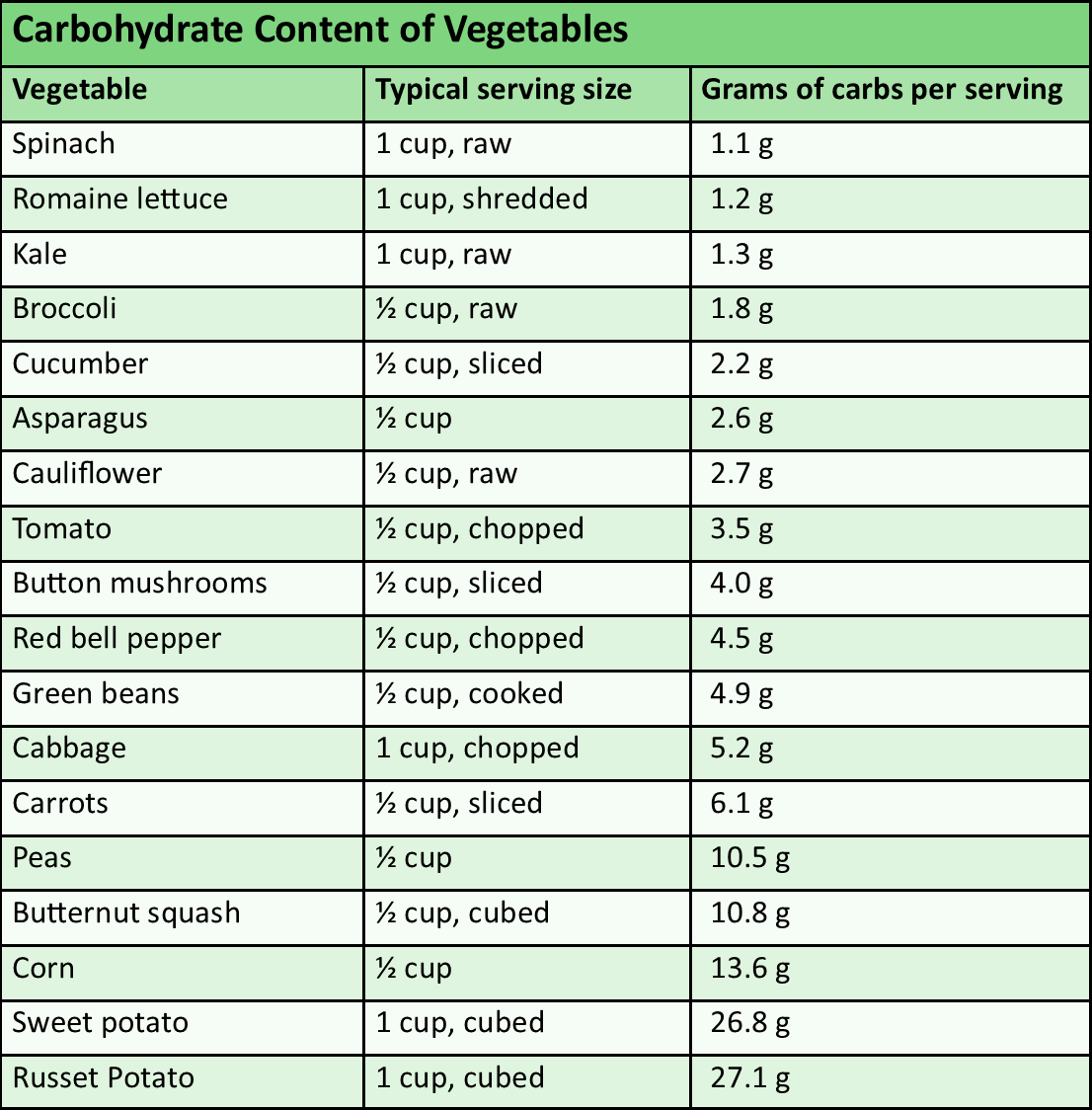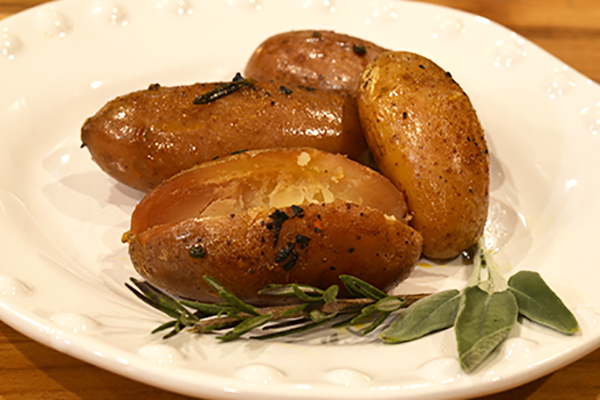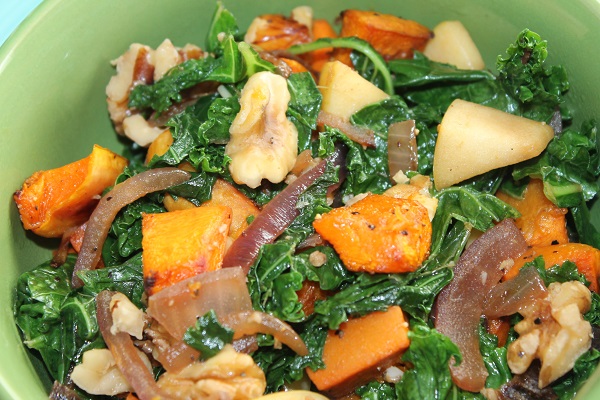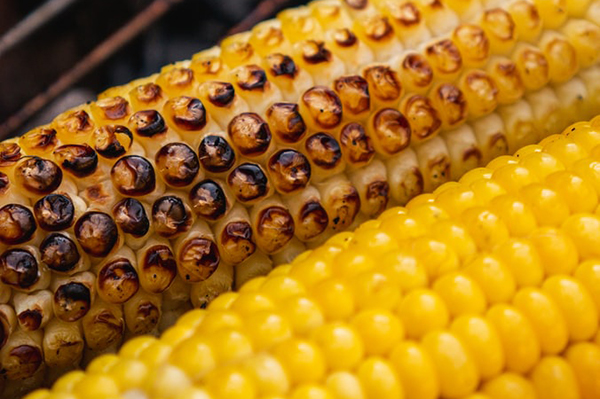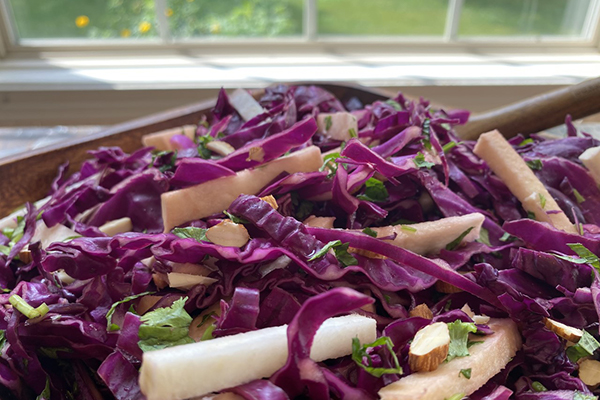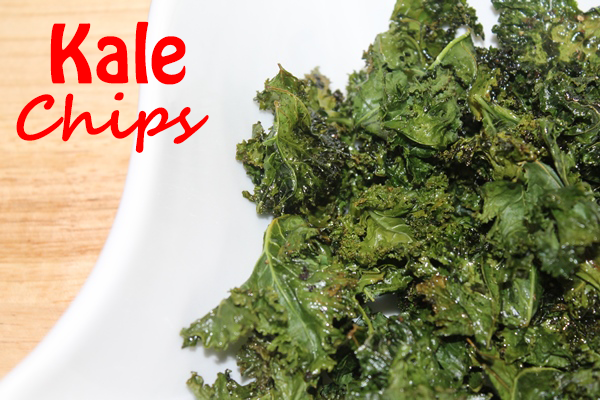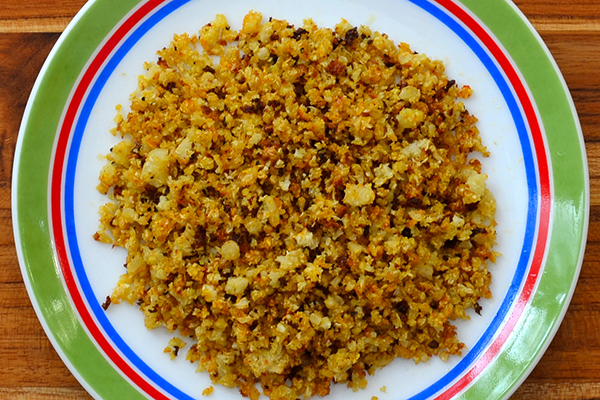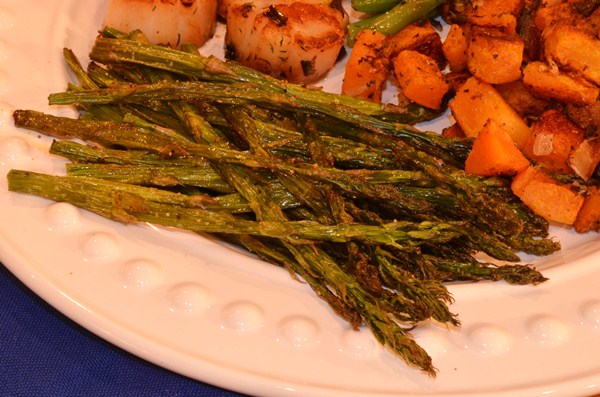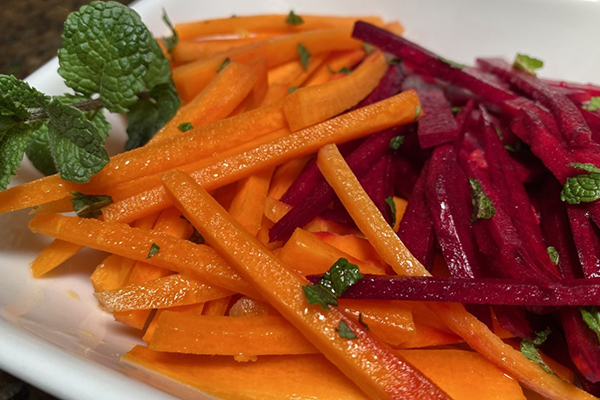If you have ever had a consult with one of us, or maybe joined one of our seminars or other events, you have most likely heard us talk about the importance of eating more non-starchy vegetables. What exactly does that mean? And which vegetables are starchy? It all comes down to the amount of carbohydrates they contain.
Starch – The storage form of carbohydrate in plants
Starchy Vegetables
In general, we categorize peas, corn, and potatoes as starchy vegetables. (Technically peas are a legume, but most of us think of them as a vegetable.) Some of the sweeter winter squash varieties, such as butternut and acorn squash, can have a higher carbohydrate content as well.
Non-Starchy Vegetables
There is a much wider variety of non-starchy vegetables including cruciferous veggies like broccoli and cauliflower, leafy greens like kale and lettuces and even onions, peppers, mushrooms, and cucumbers.
Here is a chart to show you the wide range of carbohydrates or starch that vegetables can contain.
There are no “bad” vegetables. They all contain a variety of vitamins, minerals, and phytonutrients.
- Non-starchy vegetables are encouraged because many of us are eating more carbohydrates than our bodies can handle. Your specific health needs and goals will determine what works best for you.
- Starchy vegetables do get a bad rap, especially potatoes, mainly because they are eaten as fries more than any other way. Deep frying anything negates its nutrition potential, but potatoes are actually a great source of potassium, vitamin C, B vitamins, fiber and phytonutrients (especially the colorful ones) – same with corn and peas when prepared in a healthy way.
